Johann Sebastian Bach (1685 - 1750): «Flösst, mein Heiland, flösst dein Namen», aria per soprano, oboe e organo, dalla IV parte del Weihnachtsoratorium BWV 248 (1734). Nancy Argenta, soprano; The English Baroque Soloists, dir. John Eliot Gardiner.
Testo di Christian Friedrich Henrici alias Picander:
|
Flößt, mein Heiland, flößt dein Namen Auch den allerkleinsten Samen Jenes strengen Schreckens ein? Nein, du sagst ja selber nein. (Echo: Nein! ) Sollt ich nun das Sterben scheuen? Nein, dein süßes Wort ist da! Oder sollt ich mich erfreuen? Ja, du Heiland sprichst selbst ja. (Echo: Ja! ) |
Potrà il tuo nome, Redentore, infondere anche il più piccolo seme di quel tremendo terrore? No, tu stesso dici no. (Eco : No!) Dovrei dunque temere la morte? No, la dolce tua parola è qui. Oppure dovrei rallegrarmi? Sì, Redentore, tu stesso dici sì. (Eco : Sì!) |
«Flösst, mein Heiland» è una parodia dell’aria «Treues Echo dieser Orten» per contralto, oboe d’amore e orchestra, quinto brano della cantata profana Lasst uns sorgen, lasst uns wachen (Die Wahl des Herkules) BWV 213, composta l’anno precedente (1733) per l’undicesimo compleanno del principe elettore Federico Cristiano di Sassonia (1722 - 1763):
Carolyn Watkinson, contralto; Kammerorchester Berlin, dir. Peter Schreier.
Testo dello stesso Picander:
| Treues Echo dieser Orten, Sollt ich bei den Schmeichelworten Süßer Leitung irrig sein? Gib mir deine Antwort: Nein! (Echo: Nein! ) Oder sollte das Ermahnen, Das so mancher Arbeit nah, Mir die Wege besser bahnen? Ach! so sage lieber: Ja! (Echo: Ja! ) |
Eco fedele di questi luoghi, dovrò da parole adulatrici essere indotto in errore? Dammi la tua risposta: No! (Eco : No!) Oppure sarà l’esortazione che prelude a così tanta fatica a indicarmi correttamente la via? Oh! Allora dimmi piuttosto: Sì! (Eco : Sì!) |
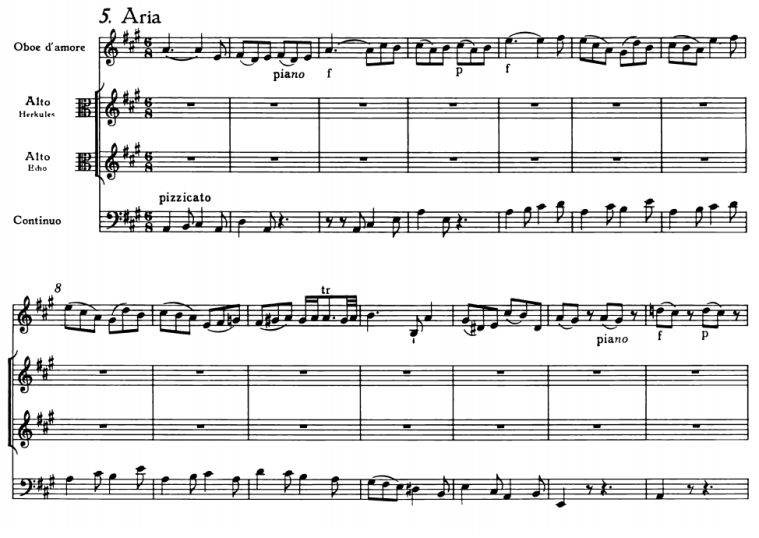

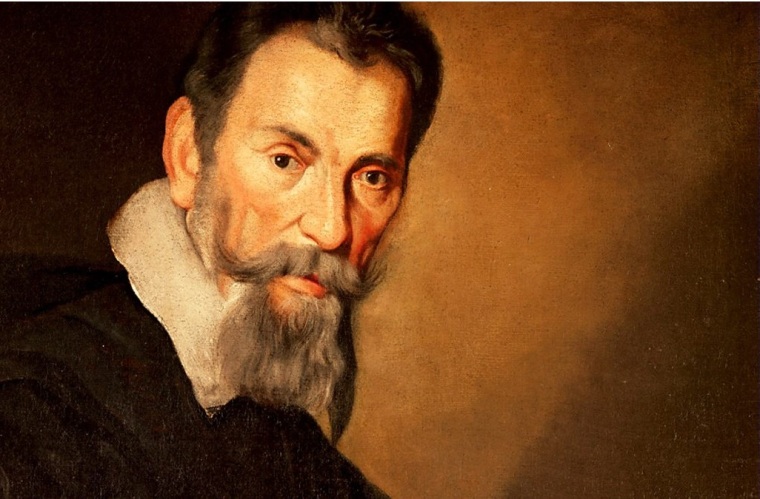
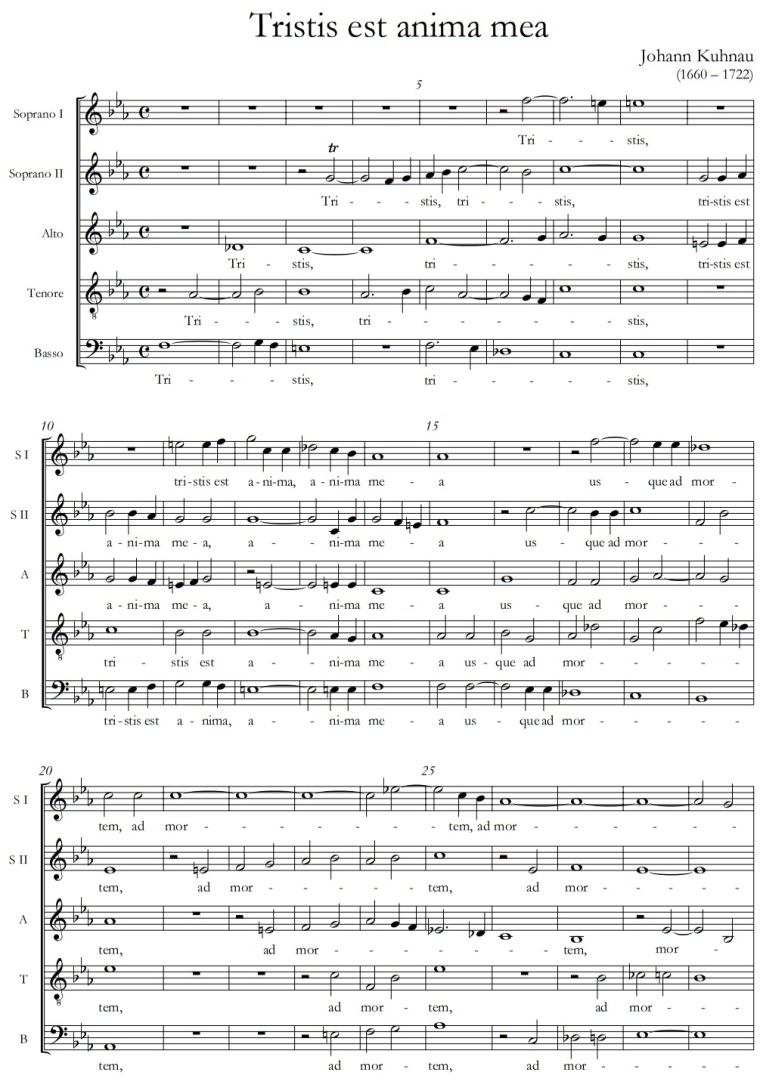
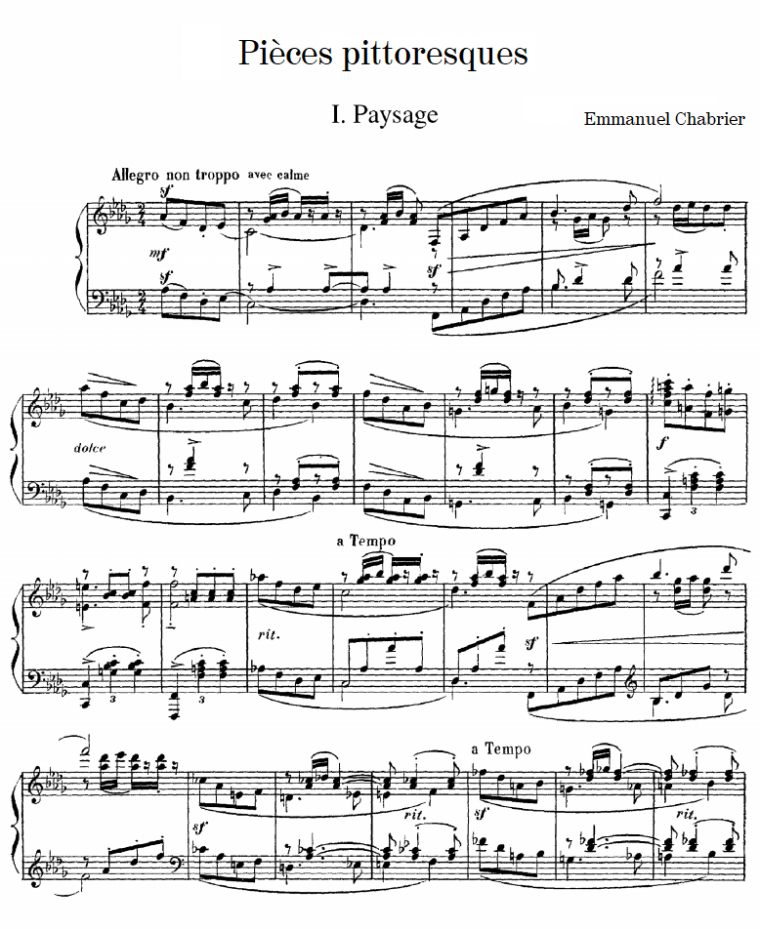
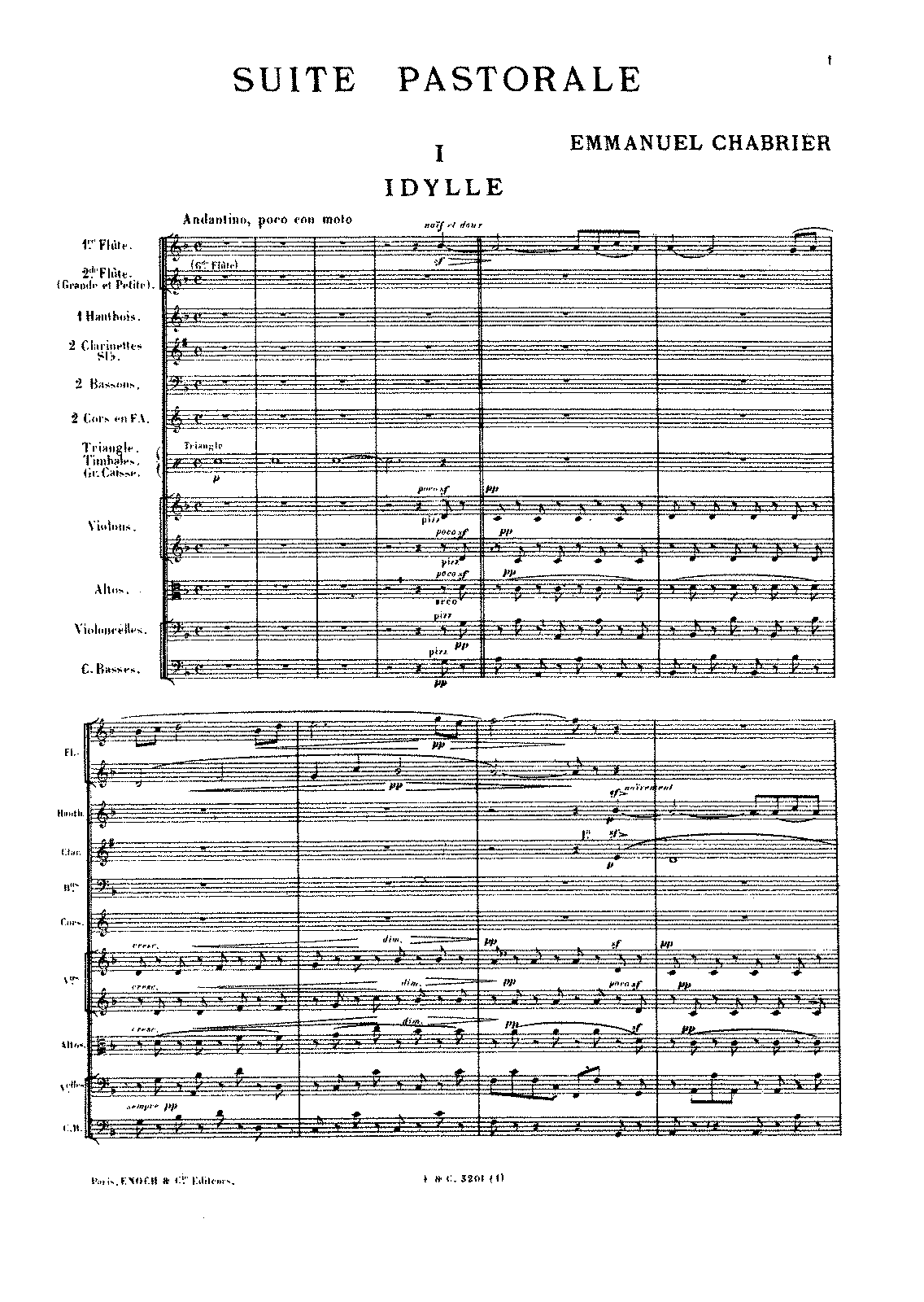


 Albert Lortzing (23 ottobre 1801 - 1851): Konzertstück in mi maggiore per corno e orchestra. Peter Damm, corno; Staatskapelle Dresden, dir. Siegfried Kurz.
Albert Lortzing (23 ottobre 1801 - 1851): Konzertstück in mi maggiore per corno e orchestra. Peter Damm, corno; Staatskapelle Dresden, dir. Siegfried Kurz.  Robert Schumann (1810 - 1956): Konzertstück per 4 corni e orchestra op. 86 (1849). Roger Montgomery, Gavin Edwards, Susan Dent e Robert Maskell, corni; Orchestre révolutionnaire et romantique, dir. John Eliot Gardiner.
Robert Schumann (1810 - 1956): Konzertstück per 4 corni e orchestra op. 86 (1849). Roger Montgomery, Gavin Edwards, Susan Dent e Robert Maskell, corni; Orchestre révolutionnaire et romantique, dir. John Eliot Gardiner.